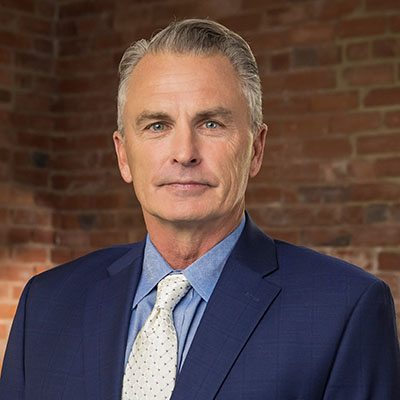Make sure you have as much available insurance coverage as possible when riding a motorcycle.
There are two kinds of people that ride motorcycles: those that have been in a wreck and those that are going to be in a wreck.
As personal injury lawyer who handles motorcycle accident cases in the Petersburg area, I have received many calls from people who have been involved in motorcycle wrecks. Just in the last month, I have spoken with the spouses of two husbands killed in motorcycle crashes and the family of a young man paralyzed from the chest down due to a motorcycle wreck. What all three accidents have in common is that there was not enough insurance coverage to adequately compensate the families of the deceased drivers nor the injured rider.
According to the DMV website for Virginia, there have been approximately 2,000 motorcycle riders injured each year from 2005 until 2009. There have been approximately 70 motorcycle riders killed each year during this same period. The average age for the majority of riders injured or killed during this period is 21-35. The minimum limit of insurance coverage a bike rider must have on his bike is $25,000.00. This is the same amount for a car also. I know this is the minimum amount one must have, but wouldn’t it just make more sense to have significantly more coverage when you are operating a vehicle on the roads of the Commonwealth and this vehicle has no doors, no roof, only two tires and you are literally inches away from being thrown to the pavement should something happen?
Your motorcycle policy has three kinds of coverage that may be involved.
- First, liability coverage – which covers you in situations where you, the driver may have caused an accident.
- Second, uninsured motorist (UM) coverage – where another driver who causes a wreck has NO insurance, your carrier steps in and provides coverage to the rider on behalf of the at-fault party.
- Third, under insured motorist (UIM) coverage – which applies when the at-fault person has insurance, but the amount of their available coverage is not adequate to properly compensate the bike rider for the tangible and intangible damages they have caused and the injured driver has higher limits of coverage than the at-fault driver.
I would like to focus on the last two kinds of coverage (UM and UIM) for the rest of this discussion.[1]
As we all know, motorcycle safety is something we must all keep in mind. We must constantly be on guard for bikes on the road way. Riders wear helmets, leather jackets, leather pants and boots to protect themselves in the event of a wreck. Why not protect yourself by also investing in as much UM/UIM insurance coverage as you can possible afford? Clearly, you are more likely to sustain more significant injuries when you are riding a motorcycle at the time of the wreck versus being in a car. The more serious the injuries are, the more significant the treatment and in turn the larger the medical bills are likely to be. If both the at-fault driver and the bike rider have only minimum limit policies in Virginia ($25,000.00), then generally no matter what the injuries are, what the treatment involved or what the medical costs are, there is usually never any way the bike rider would have more than $25,000.00 he could use to resolve his case.
But if the motorcyclist had as much coverage as he could possibly get, maybe $250,000.00 or even more, he would have that much higher amount to use for his case, over the other driver’s policy, and not have to hope for higher coverage on behalf of the wrong doer. This UM/UIM coverage is for you, the motorcyclist’s, own protection. The more coverage YOU have on your own policy, the more YOU are protected.
You may ask why I write this article. Well, I do so because of the three people I mentioned to you above. The young man that was paralyzed and who was in the hospital for 2 months and then in an extended care facility had only $75,000.00 in motor vehicle insurance available to him. His medical expenses alone are several times that amount, and he will be unable to return to work for a long time.[2]
In the deaths of the other two hard-working men, both of whom had a wife and children, one man had only $50,000.00 in available coverage and the other had only $100,000.00 in available coverage. These riders were not at fault at all in their accidents. Certainly these riders and their families deserve better than this. I hope this article will motivate other riders to increase their insurance coverage as much as possible. You take so many other steps to protect yourself, please heed this warning and take this step. You will be glad you did should something unforeseen occur.
I urge you to contact your insurance carrier and discuss raising the coverage limits at your earliest convenience – if, God forbid, something bad happens, you will be glad you did.



